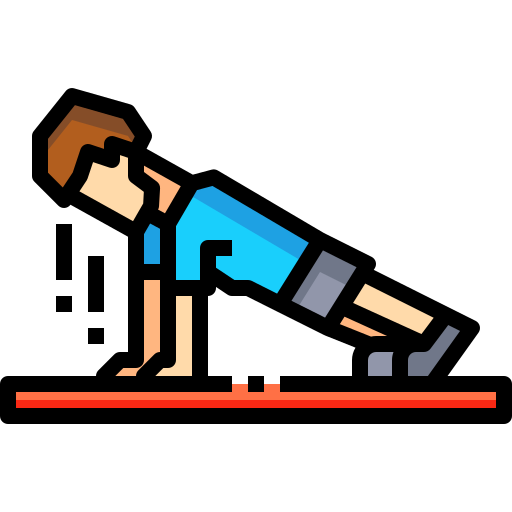It's hard to imagine how much extra energy we lose during everyday activities like walking or running.
Our body takes a tremendous amount of effort to get from point A to point B. You lose a whopping 11 percent of your "wasted" metabolic energy when you walk or run. Now, researchers have found a simple way to increase your metabolic rate without adding any extra effort. The key to an increase in both your metabolic rate and your energy expenditure lies in the intensity of your exercise like jumping rope.

In other words: intensity has nothing to do with heart rate, calories burned or intensity of exercise. Now, this isn't news to anyone familiar with the scientific literature. However, many of the studies that have purported to demonstrate that intensity of exercise is the key factor in energy expenditure have significant methodological flaws. While the studies of this research are not entirely flawed, they tend to be poorly designed to make a meaningful comparison. This research focused on the "intensities" of exercise in laboratory settings. Here's how the researchers defined intensity. Intensity: the amount of effort (or stress) required to perform a task. The work required to complete a given activity can be described as intensity of exercise. Intensity can be subjective or objective.
🧜🏽♀️ 🍀 👩🏻
Intensity is a subjective measure and provides a general measurement that is dependent on the individual's experience, perception, and motivation. Conversely, intensity can be an objective measure that is dependent on the performance of the task. The researchers followed up on three earlier studies that used different methods and measures of intensity for comparison.